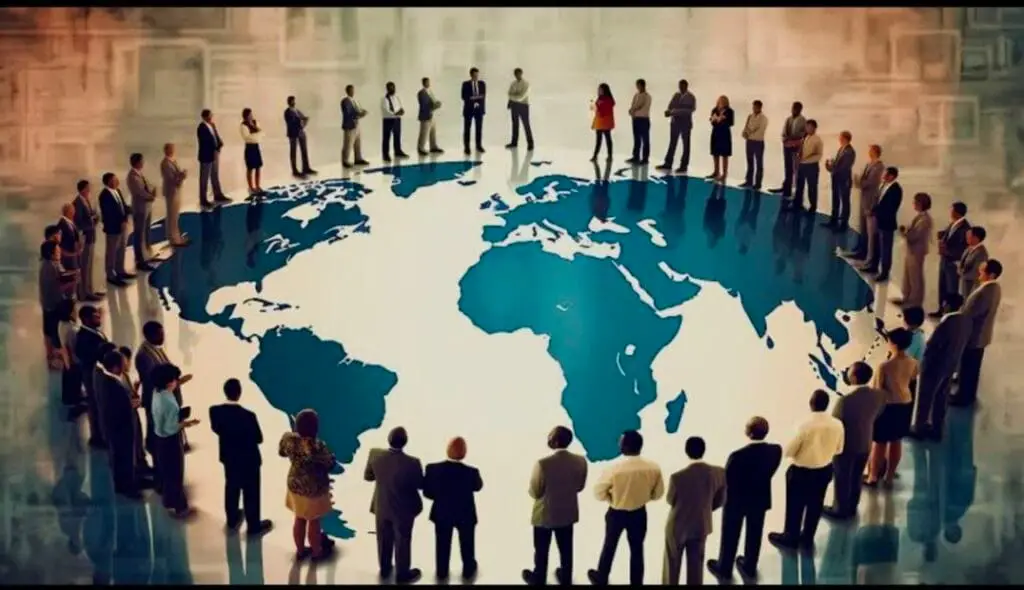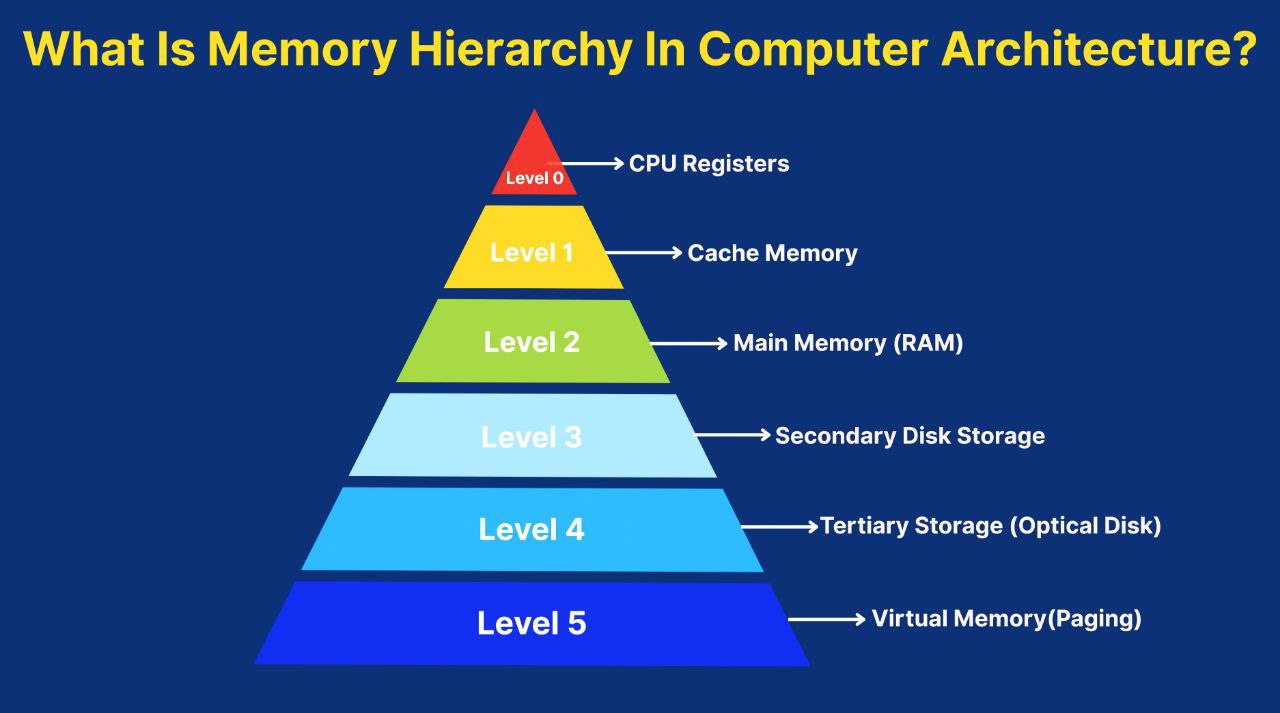Write Down The Phases Of Globalization
Globalization has evolved over several centuries, with distinct phases marking its development. Each phase has been shaped by technological, political, economic, and cultural factors. Below are the;
key phases of globalization :

1. Pre-modern Globalization (Before 1500)
- Characteristics:
- Early forms of globalization were driven by trade routes like the Silk Road and maritime trade. These routes connected civilizations across Europe, Asia, and Africa, allowing for the exchange of goods, culture, and ideas.
- Empires such as the Roman Empire, Han Dynasty, and Ottoman Empire played major roles in facilitating early global trade.
- Key Developments:
- Trade of luxury goods like silk, spices, and precious metals.
- Spread of religious ideas (e.g., Buddhism, Christianity, and Islam) and cultural exchange.
2. First Wave of Globalization (1500–1800)
- Characteristics:
- The first wave of globalization began during the Age of Exploration, marked by European colonial expansion. European powers like Spain, Portugal, Britain, and France explored new lands, leading to the creation of global empires.
- Global trade networks expanded, with European, African, Asian, and American economies becoming interconnected.
- Key Developments:
- The Columbian Exchange: Transfer of crops, animals, and technology between the Old World (Europe, Asia, Africa) and the New World (the Americas).
- Growth of colonial empires and exploitation of resources and labor.
- Slave trade and the forced movement of people.
3. Second Wave of Globalization (1800–1914)
- Characteristics:
- This phase is characterized by the Industrial Revolution and the rise of new technologies that dramatically increased the pace of global economic integration. Steamships, railroads, and telegraphs revolutionized transportation and communication.
- Globalization during this period was driven by the expansion of European empires and industrial powers, leading to increased global trade and investments.
- Key Developments:
- Industrialization led to mass production and the rise of international trade in manufactured goods.
- The growth of global financial markets, with major cities like London, Paris, and New York becoming financial hubs.
- Increase in global migration, with millions of people moving to the Americas, Australia, and Africa in search of economic opportunities.
4. Retrenchment and Interruption (1914–1945)
- Characteristics:
- This period saw a significant decline in globalization due to World War I, the Great Depression, and World War II. Economic protectionism, nationalism, and political instability hindered global trade and cooperation.
- Governments imposed tariffs, trade barriers, and capital controls, slowing down global economic integration.
- Key Developments:
- The collapse of many empires (Ottoman, Austro-Hungarian) after World War I.
- The Great Depression of the 1930s led to widespread unemployment, poverty, and a reduction in international trade.
- The breakdown of international cooperation during World War II.
5. Third Wave of Globalization (1945–1980)
- Characteristics:
- After World War II, globalization resumed with the establishment of institutions aimed at fostering global cooperation and rebuilding economies. The Bretton Woods system, International Monetary Fund (IMF), and World Bank were created to stabilize the global economy.
- This period also saw the creation of the United Nations (UN) and other global governance organizations.
- The Cold War influenced the geopolitical landscape, leading to economic alliances between Western capitalist and Eastern communist blocs.
- Key Developments:
- The Marshall Plan helped rebuild Western European economies.
- The rise of international trade organizations like the General Agreement on Tariffs and Trade (GATT).
- Multinational corporations began to expand, and international trade started growing again.
6. Fourth Wave of Globalization (1980–Present)
- Characteristics:
- This wave of globalization is characterized by the rise of information and communication technologies, the collapse of communism, and the opening of markets in Asia, Latin America, and Eastern Europe.
- The fall of the Berlin Wall and the collapse of the Soviet Union marked the end of the Cold War and allowed for the integration of previously closed economies into the global market.
- Trade liberalization, economic reforms, and financial deregulation led to the rise of global financial markets and international trade.
- Key Developments:
- The emergence of China and India as major global economic players after market reforms.
- The creation of the World Trade Organization (WTO) in 1995.
- Rapid advancements in technology, particularly the internet and digital communication, have transformed global commerce, creating e-commerce and digital globalization.
- The rise of global organizations like G7, G20, and multinational corporations in shaping economic policies.
7. Contemporary Globalization (2000s–Present)
- Characteristics:
- Contemporary globalization continues to be shaped by advances in technology, financial integration, and the rapid exchange of ideas. However, new challenges such as global inequality, political populism, and environmental concerns are emerging.
- The rise of emerging economies, technological disruptions, and political shifts in many parts of the world are influencing the future of globalization.
- Key Developments:
- The Global Financial Crisis (2008) temporarily slowed global economic growth and exposed the risks of financial globalization.
- The rise of nationalism and populism in some countries, along with concerns about the negative effects of globalization (e.g., job losses, inequality, cultural homogenization).
- Increasing global interconnectedness through digital platforms and social media.
- Ongoing debates about global climate change and sustainability, leading to global agreements like the Paris Climate Accord.

Conclusion
Globalization has gone through distinct phases, from early forms of trade and exploration to the current interconnected world driven by technology and multinational cooperation. While globalization has brought economic growth, technological advancement, and cultural exchange, it has also raised concerns about inequality, environmental impact, and the loss of national identity. The future of globalization will likely continue to be shaped by technological innovation, political changes, and global challenges.
Share this content:



Leave a Reply